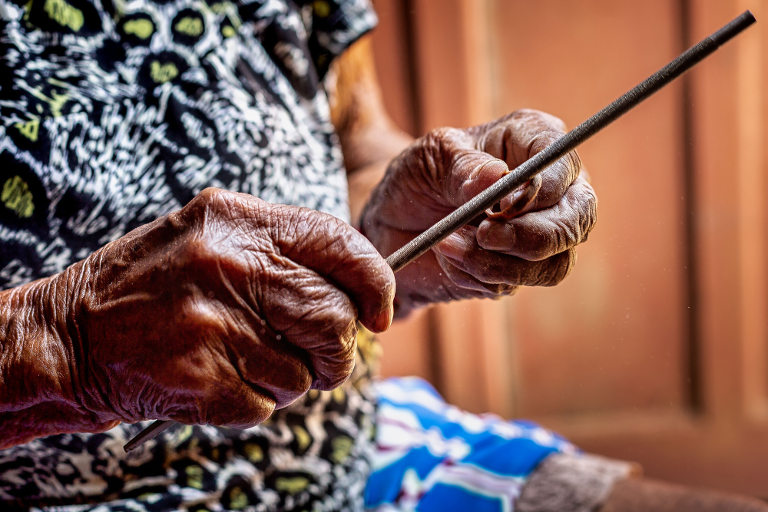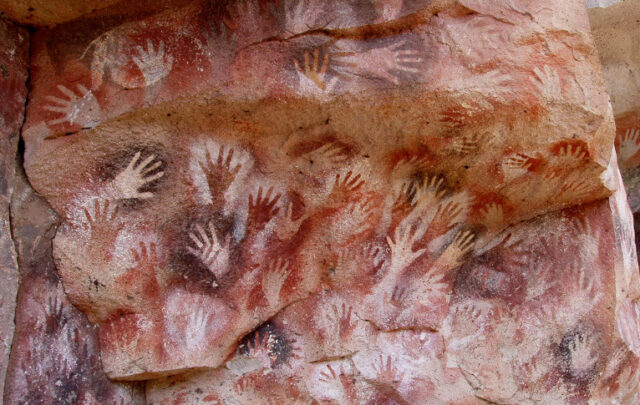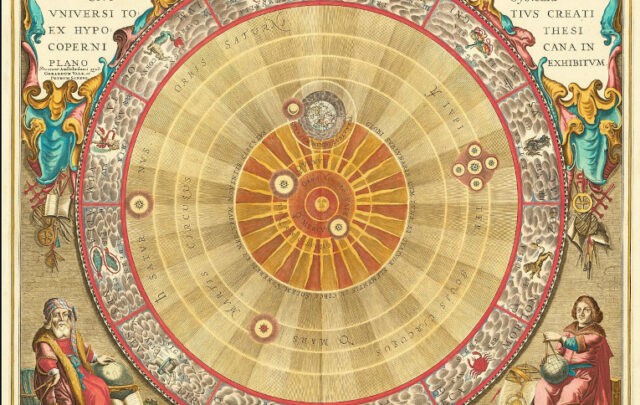The awareness of life is based on language, a huge puzzle of meanings that are entangled, and that form a lens through which we perceive the past, the present, the future and the invisible. Here, at the heart of the Amazon Rainforest, along the Xingu River and its main tributary, the Iriri, traces of a missing population are found. The drawings carved on the rocks stand as an abandoned tale, voices that we no longer know how to decipher. A language can be a map or a memory. A cosmogony or a requiem. At the twilight of a language, only the silence of the stones remains.
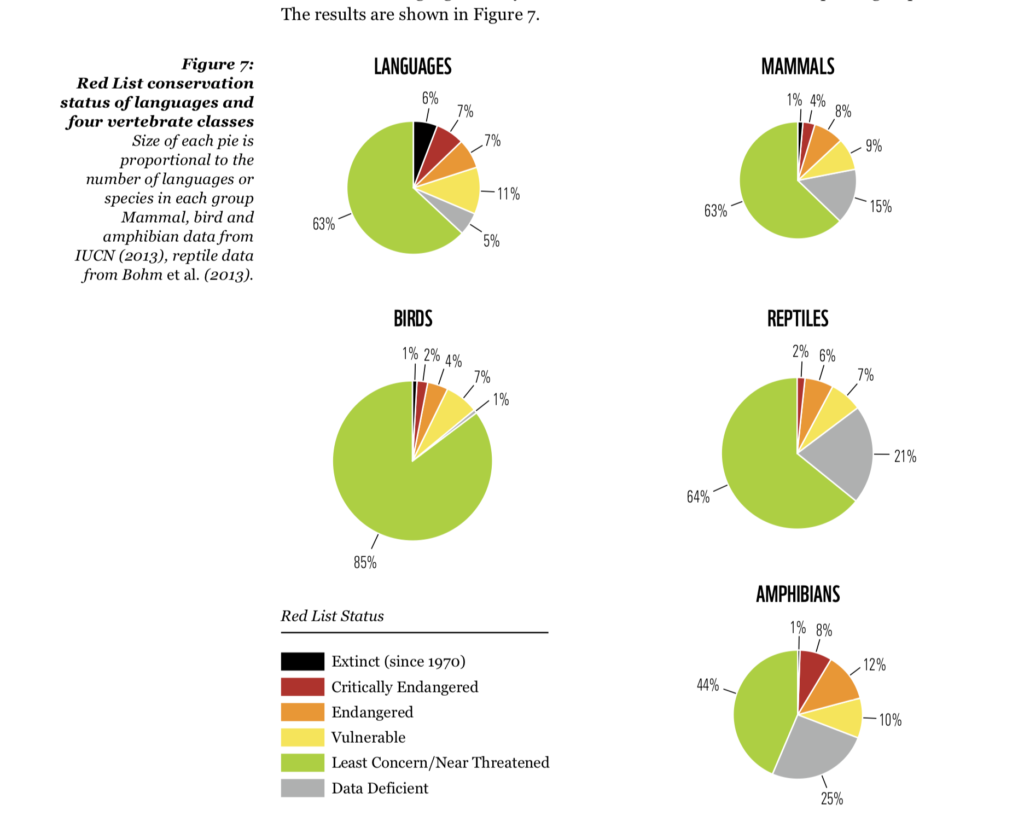
source: Language extinction data _Biocultural_Diversity_
There are about seven thousand idioms in the world, most of which are spoken by indigenous populations, most of the dying ones as well. They are oral, without grammar, nor dictionaries. Knowledge is passed from person to person. According to a 2014 report (Loh, Harmon), 25% of languages are now in danger of extinction, a higher percentage than mammals (21%), reptiles (15%) or birds (13%). The decline in linguistic diversity is linked with social, political and economic behaviours, such as forced migrations or urbanization.
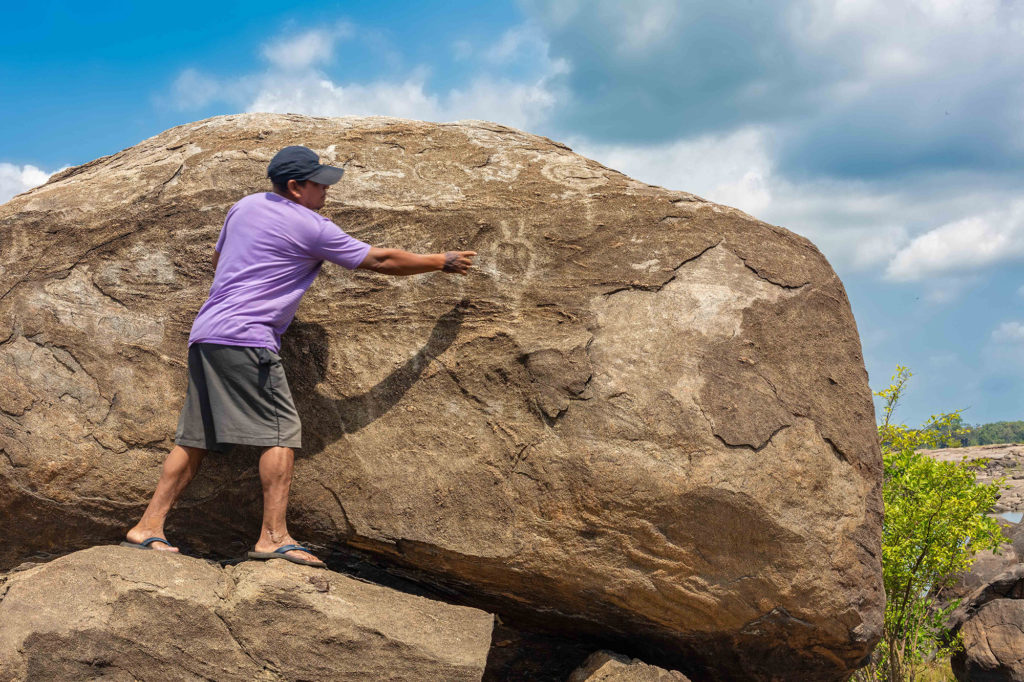
Petroglyphs along the Xingu river, at the Amazon Rainforest
The journey of the Kuruaya indigenous group is a sum of those factors. First, they lost their territories when they were pursued by missionaries and settlers in the early 20th century. In 1934, there were about 30 indigenous Kuruaya left, near a place called Gorgulho do Barbado (Handbook of South American Indians, Smithsonian Institute, 1948). Those who survived, escaped in a small boat, and travelled downstream until they reached the city of Altamira, in Brazil.

Lorena Kuruaya with her grandmother Iawa
For native communities, language and land are intertwined. Here in the Xingu region, it’s been long since the lands have been invaded, cultures have been decimated, and Odete Kuruaya (Iawa), the last Kuruaya speaker, is now on the verge of becoming a closing statistic. In 2011, a few kilometres from her territory, the third largest hydroelectric dam in the world, Belo Monte, was built. The dam controls the volume and quality of the river’s water. The fish are now scarce, the hunt has moved to other territories, and the dry course of the river makes navigation impossible. To add insult to injury, in the near future, there are plans to install nearby the largest open pit gold mine in Latin America, together with its ore tailings, its chemical poisons and the promise of a ravaged landscape. The company, Belo Sun, is a Canadian corporation that develops international mining projects in Africa, Ukraine, North America and Brazil. The Kuruaya people seem to have been cornered by history. According to satellite data, in July 2020, an area the size of Greater London was cleared in the Amazon Rainforest. Overall, deforestation has been firmly increasing since 2012. In such scenarios one ought to ask, how should the local indigenous people manage to generate and preserve their cultures? What is lost when a language disappears? And what contributes to such an extreme outcome?
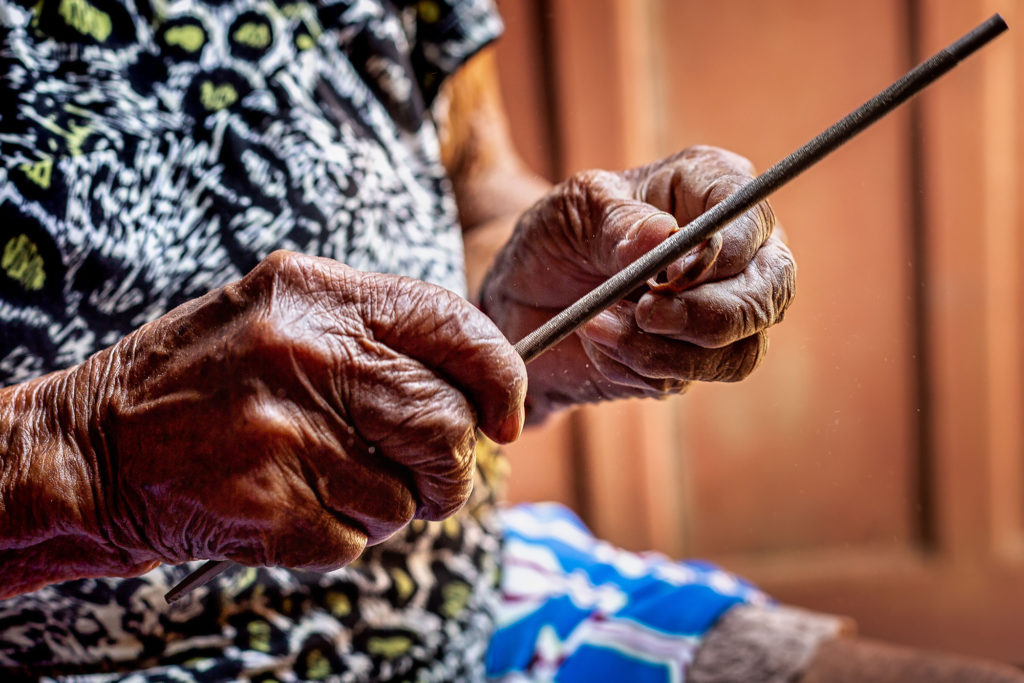
Iawa handicrafts rings and necklaces from local trees, seeds, and fruits
Around the city of Altamira in Brazil, contact between urban people and indigenous have intensified over the centuries, always in the name of economic advance, and (disputed) progress. Here one finds many of the First Peoples of the forest, there’s the Xipaya, the Kuruaya, the Kayapó, the Xikrin, the Parakanã, the Asuriní, the Arara, the Juruna, the linguistic variety is greater than the one we find in Europe. It’s a tropical Babel. As a child, Iawa danced in the river, and built small houses made of wood and straw, in a place she remembers as Kurupité. Her parents took shelter there and lived off the land. They planted corn, watermelon, pumpkin, cassava to make flour, cotton to make hammocks, and at times they gathered around the fire, and chanted under the Amazon’s starry nights. As a teenager, Iawa married at thirteen with a migrant escaping the drought from northeast Brazil, and right after they were forced to work for non-indigenous people by collecting forest chestnuts, hunting wildcats for fur, and extracting rubber. In that same period, Henry Ford built Fordlandia – an extravagant project of a factory-city in the middle of the Brazilian jungle, to provide rubber for Ford’s automobiles, and that was soon doomed to be a failure.
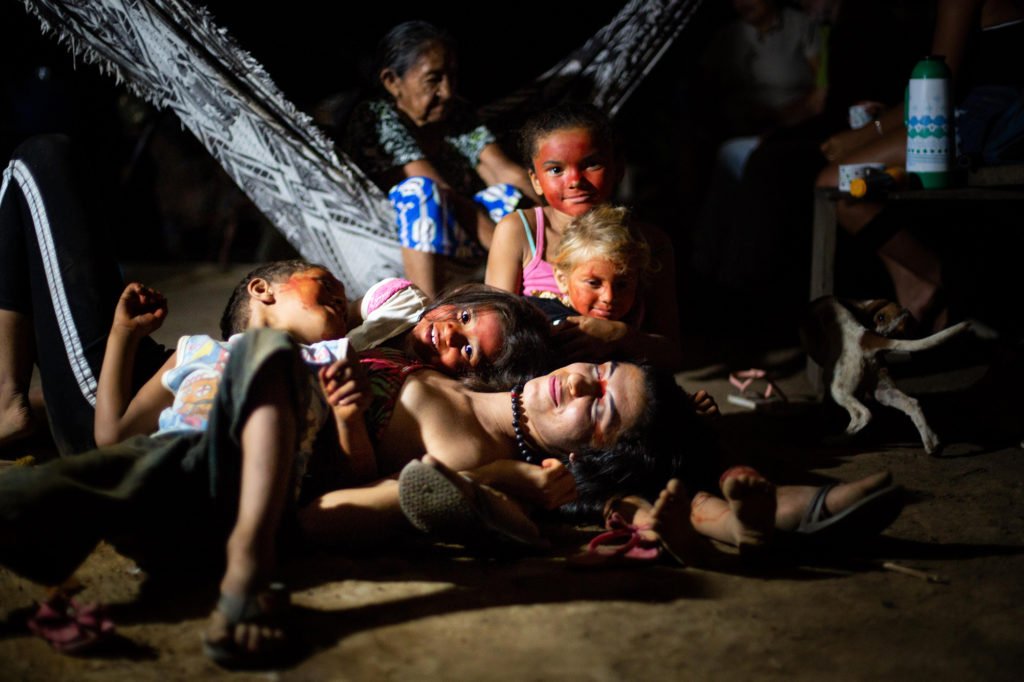
Iawa’s grandchildren at one of the family’s gatherings.
Iawa’s experience became more and more distant from her indigenous childhood, from the transcendent in life – rites and traditions – which ended up favouring the acceleration of the group’s cultural loss. In the 70’s, Iawa finally secured a piece of land from her ancestors, where she lives today, at the Great Bend of Xingu, a stretch of 130 Km of land where the Xingu river dramatically twists and serpentines, before embracing the great Amazon river. A few hundred families live in this territory, and Lorena Kuruaya, Iawa’s granddaughter and medical student, volunteered during the quarantine to distribute food in the communities, only to witness a dangerous isolation. “There’s hardly no mobile coverage, no internet, and the few radios that exist often malfunction”, attested Lorena, “due to the low volume of water we can’t travel by boat, the roads here are perilous, and few families own a car. It’s problematic to move to buy food, or even in the case of a medical emergency. People here were abandoned”. Despite the mitigation plan signed by Norte Energia (the company responsible for the Belo Monte dam) to compensate the impacts of the dam in the local populations, to date those measures have not been put into practice, “in severe non-compliance to the contracts”, concluded Lorena. What we all defend as Human Rights is ridiculed by the Brazilian indigenous leader Ailton Krenak, as he blatantly confesses “I came to the conclusion that humanity is just a club that advertises a lot about itself and convinces everyone that they are all about equality. While they are a successful club, the rest of us may as well die.”

Iawa watches the family’s youth reproducing the ancient Kuruaya body paintings
Environmental destruction goes hand in hand with the annihilation of cultural biodiversity, which is the final blow to silence traditional peoples. According to the Nobel award winner scientist, Philip Fearnside, “the large investment projects carried out in the Amazon have not offered conditions for human development [nor] socio-cultural diversity. The situation indicates the urgency to rethink energy and mineral production in traditional territories in the Amazon biome, a first step to ensure that we can continue to inhabit a world of incredible diversity.” Iawa is now in her eighties, probably nineties, no one knows for sure. The Kuruaya managed to overcome the missionaries, the settlers, and continue to show resilience as the dam suffocates the river. Iawa built a family, found a land and prospered. Today she is revered as the eldest, consulted about the best time to produce a crop, or about which herbs are useful for medicines or prayers. At meals, she is the first to be served. During the day, she harvests seeds and nuts from the forest, from which she creates rings and necklaces. Presently it is a more difficult task, as the trees are dying of thirst and some seeds and fruits are scant. When Iawa’s grandchildren come to her house they all sing together. Iawa loves the old Kuruaya songs. It reminds her of a time before the arrival of civilization.

The union between the several indigenous nations in the Xingu region. Next to Iawa sits the Kayapó leadership, Raoni Metuktire, Nobel Peace Prize candidate for his activism as a forest guardian.
All photos are courtesy of the author. Copyright 2020 Miguel Pinheiro.


